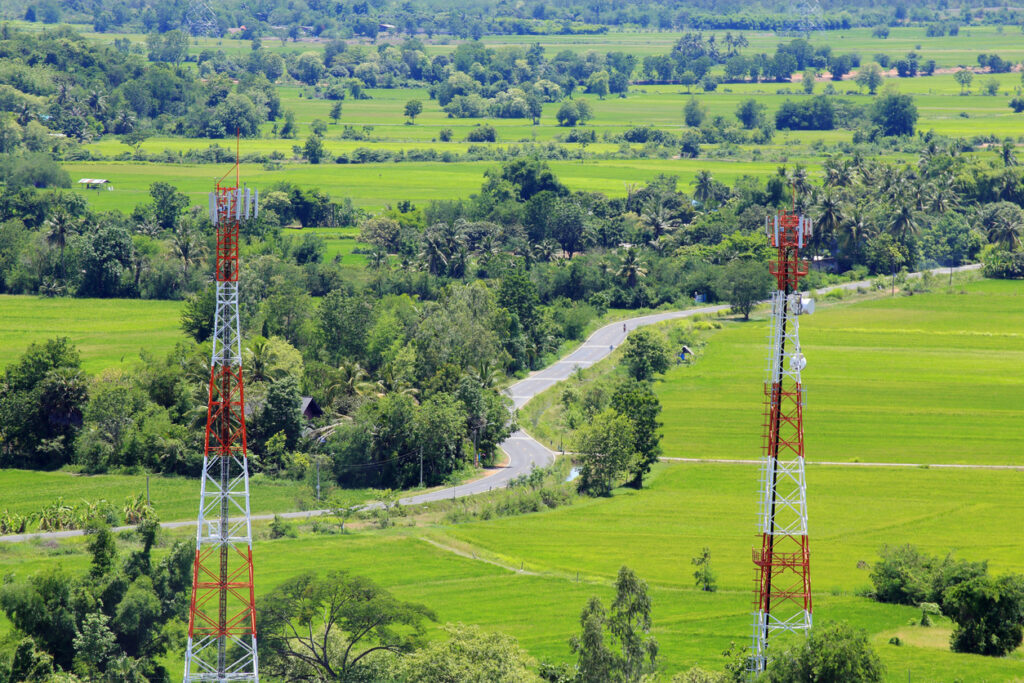FCC
by Emily Wolfteich – Industry Analyst (Government Business Council)
Is the revolution here yet?
Flying among the dozens of buzzwords that make up government-speak is one that has a particularly deep resonance for state and local leaders – broadband.
The technical definition of broadband can be a little up for debate – the FCC is looking to increase the speed metric, again – but the simple definition is high-speed internet. Expanding access to broadband has been important for the government since the advent of the internet, and state and local leaders often use broadband expansion as a cornerstone of political campaigns. Faster internet access unlocks opportunities in commerce, in education, in telehealth, and even in investments in future technologies like artificial intelligence and machine learning for different state and local sectors.
Sounds good, right? Who doesn’t want internet for all? The move to virtual environments during the pandemic entwined our society with the internet more closely than ever, enabling education and work to continue and offering new opportunities for connection. However, this quick pivot to near-total reliance on the internet also widened disparities between those with regular, strong access and those without. And there are still many, many without.
Figuring out exactly how many represents part of the problem. The FCC estimates that as of their last count (the end of 2019), 14.5 million Americans lack access to high-speed internet (as defined by less than 25/3 mbps). Broadband Now, a private company, puts that number as high as 42 million. We’ll talk about why these definitions matter in a later blog, but the numbers mean that millions of people still don’t have reliable access to one of the most important tools of our time.
Federal Investment
There’s been significant federal money directed toward broadband expansion. From 2009 to 2017, the federal government invested about $47.3 billion in broadband infrastructure for rural areas. The Capital Projects Fund under the American Rescue Plan made $10 billion available in allocations to states and territories. The 2021 Infrastructure Investment and Jobs Act (IIJA) has $65 billion available through several different funding pools, including $2.75 billion through the Digital Equity Act and $48.2 billion through six programs within the National Telecommunications and Information Administration. In June, Louisiana, New Hampshire, Virginia, and West Virginia received more than $580 million from the CPF to expand access to those who had never had access before. Another $357 million went to Kansas, Maine, Maryland, and Minnesota in July to do the same thing.
Effective or Not?
However, despite this heavy investment, broadband still doesn’t reach all the people who need it. Synchronization issues between federal and state guidelines, as well as overlapping mandates within the federal government, have hindered efficient implementation, according to the Government Accountability Office. The Federal Communication Commission released a map in November 2022 showing levels of acceptable broadband access around the country – which state and local leaders and members of Congress immediately challenged. Inaccuracies on the map, which the FCC has asked for the public to flag, include the inadvertent exclusion of a fourth of Vermont. As this map will be used to disburse funds to regions that most need it, state officials are naturally concerned.
Locally, even regions that have already received grant money are facing implementation issues. A grant to the East Carroll Parish by the Louisiana broadband program Granting Underserved Municipalities Broadband Opportunities (fabulously acronymed GUMBO) was halted on its first day of construction by a challenge by monopoly Internet service provider Sparklight.
A Pillar of Equity
Access to fast, reliable internet isn’t just handy for watching TikToks or YouTubing how to mount a shelf. Like many social services, access to this tool can follow social fault lines. The Pew Research Center found that communities in rural or Tribal areas, low income and elderly populations, and people of color are disproportionately less likely to have broadband access. Nearly 17 million children do not have access to broadband, widening the “homework gap” when education moved to virtual in March of 2020. Telehealth services, crucial during the pandemic and now a cornerstone of agencies like the VA, are only available if the patient can access a computer with those capabilities. These problems aren’t just in rural West Virginia – urban connectivity by absolute numbers is lower than rural households, as families can’t afford internet service provider prices.
This four-part blog series will dive into some of these issues – why it’s so hard to make a cohesive broadband strategy, why it should be both a federal and state priority, and the transformative societal and economic changes that can come from effective implementation. Expanding broadband access is one of those unique challenges that involves bringing a lot of disparate groups to the table, from private industry to local leaders to telecommunication agencies. It’s a jigsaw puzzle that is still being pieced together. But when it is, the picture that will come into view is one of inclusivity, opportunity, and progress.
To read more thought leadership from Emily, connect with her on LinkedIn.



